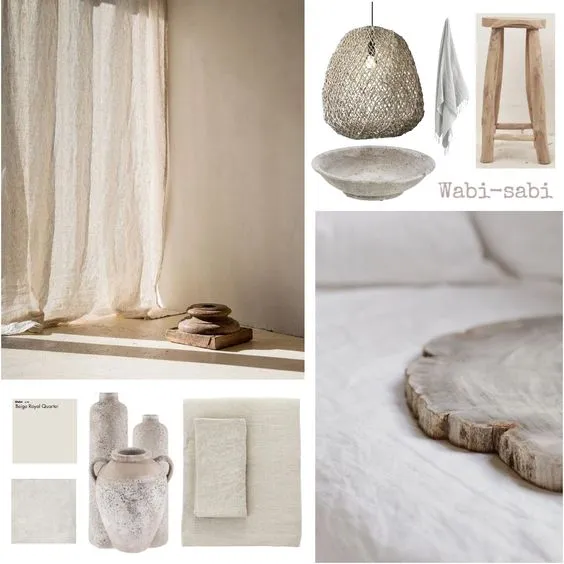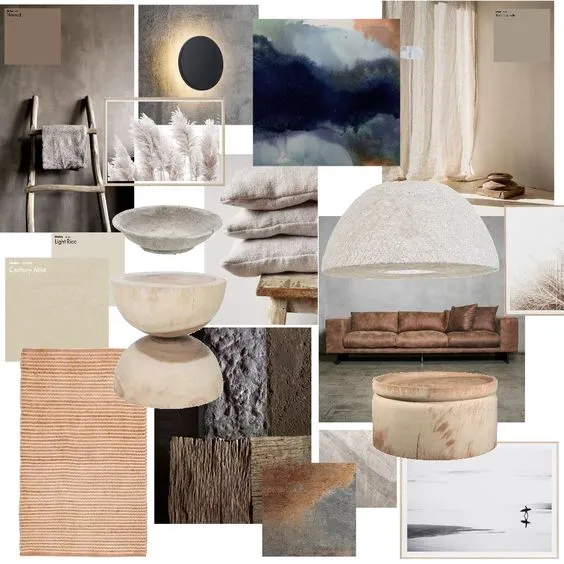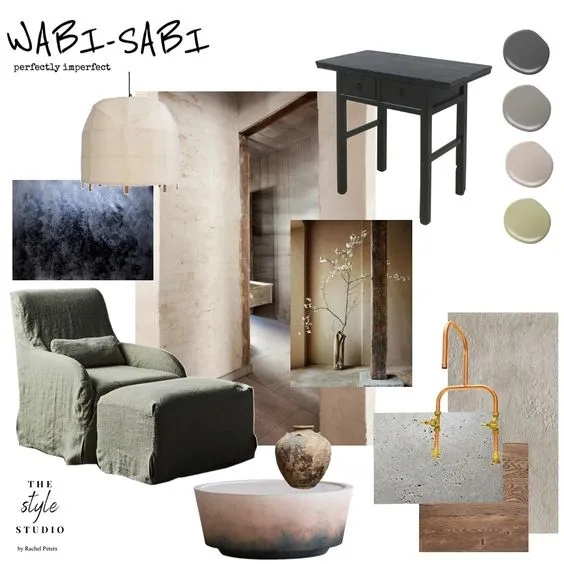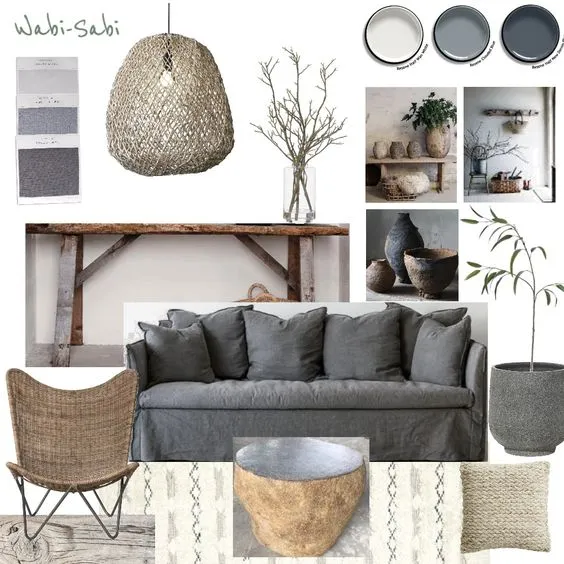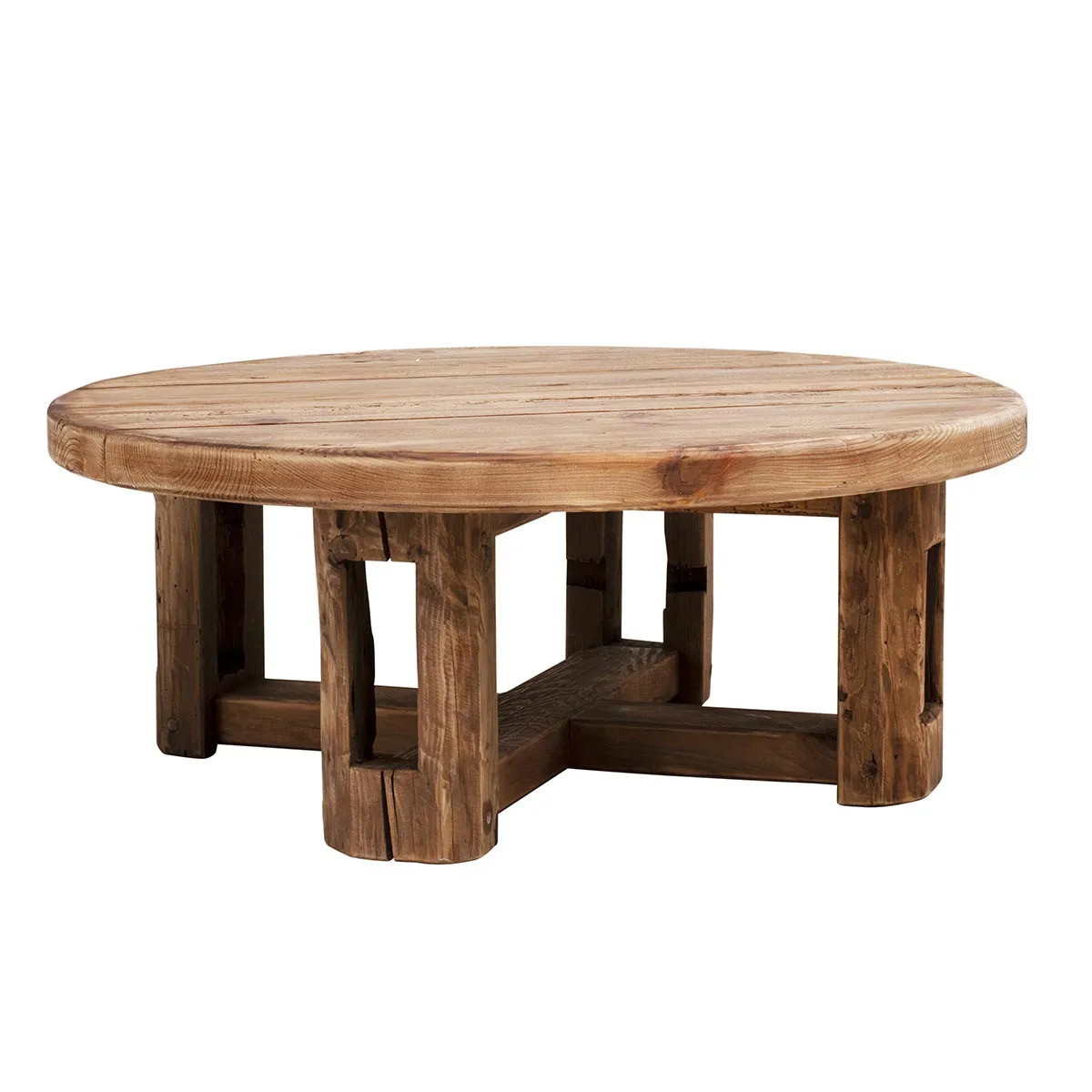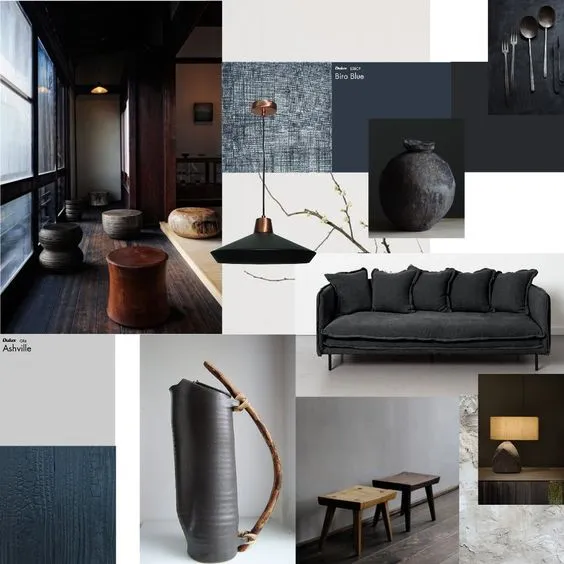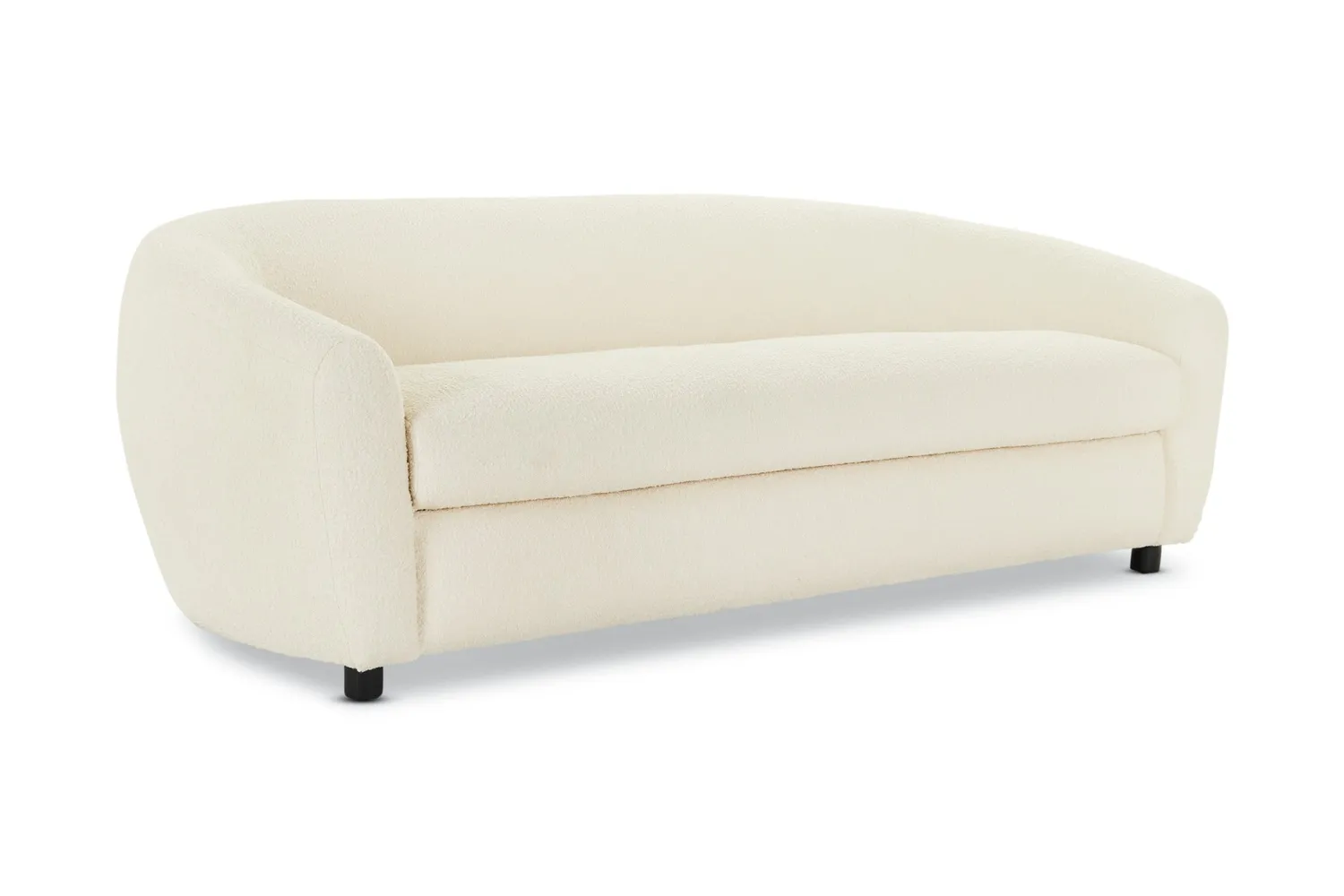Interiors
Wabi Sabi | What is Wabi Sabi and How To Incorporate It Into Your Home
If you’re anything like us and have noticed the concept of wabi sabi circling around but had (or still have) no idea what it means, you’re not alone. We started noticing a lot of beautiful mood boards being created that were all centered around the idea of wabi sabi. After learning and discovering all that wabi sabi is, we quickly fell in love with this idea and love the way that it can be entwined into interior design and incorporated throughout the home. But before we delve into all the wonderful things that wabi sabi is, let’s start with the basics.
What is Wabi Sabi and Where Did It Come From?
So, the golden question – what is wabi sabi? In order to answer this question, we had to dive deep into where this concept originated from. Something we found out quite quickly is that wabi sabi is quite a mysterious topic that has been left unexplained for centuries. After reading and exploring this concept, we discovered that wabi sabi is an aesthetic philosophy hidden in Japanese cultural and history. Japanese cultural has always looked at beauty through a different lens than the traditional Western eye. They tend to view beauty as more of an experience rather than something that can be found in an object or person. Simply put, wabi sabi is not something that can be condensed into one sentence. Wabi sabi isn’t one sole thing, instead it is more a way of life and of looking at the world and our surrounds in a particular way. Wabi sabi seeks beauty in imperfections that can be found in all things. Its purpose is to bring everything back to its original roots, to nature and to embrace a sense of peace in all areas of life. Wabi sabi embraces qualities of modesty, humility, and asymmetry. It focuses on taking in the intrinsic beauty of something, usually within nature, and refrains from finding beauty in things that are going to be temporary and passing. It seeks to find beauty in the common, in the thing that may often go unnoticed, in the simple and in the meekness. While many people would define beauty by the monetary value attached to an item or how grand and splendor it is, wabi sabi is the complete opposite and finds beauty in hidden vignettes and the less obvious things.
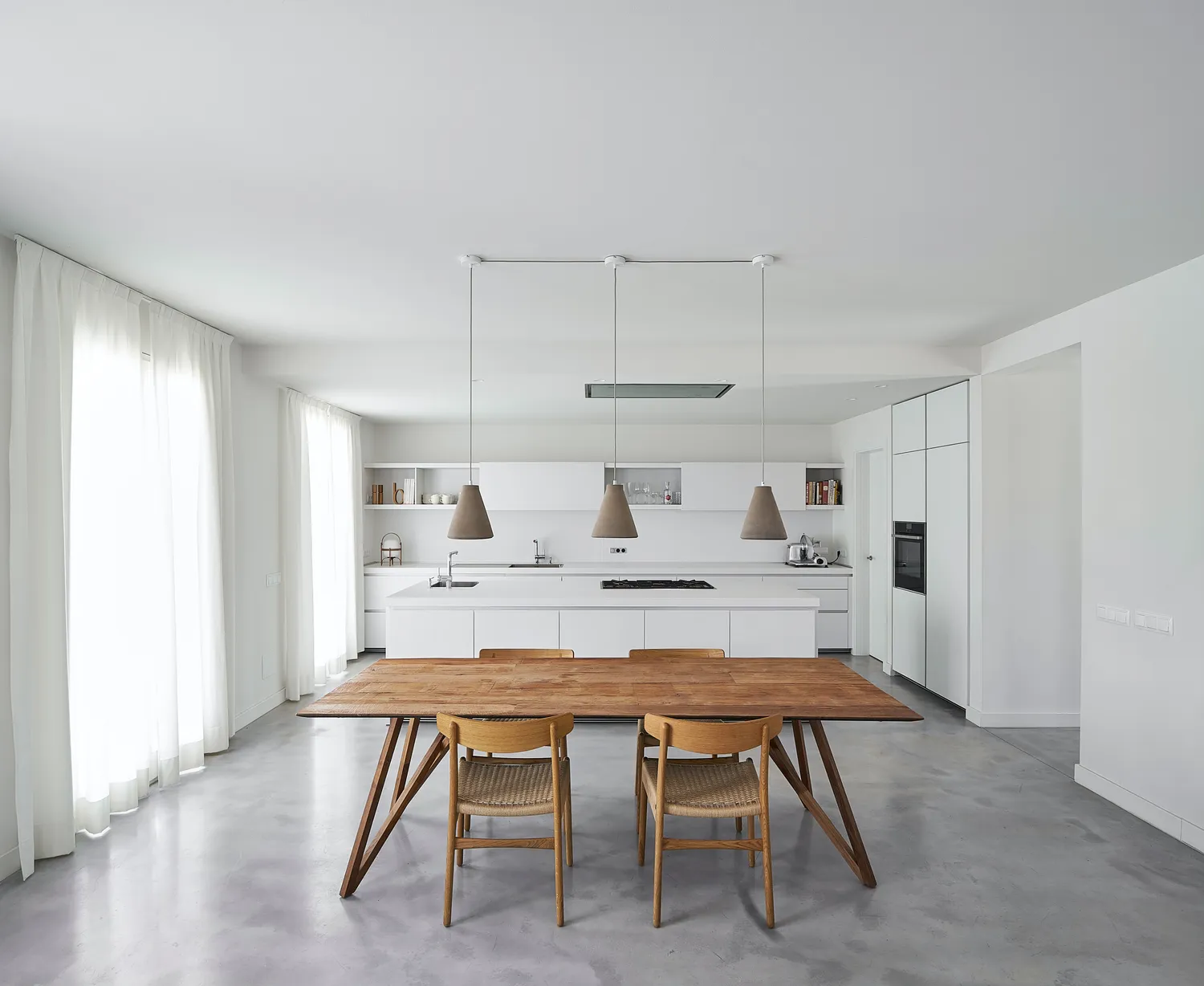 Photographed by Jorge De Jorge
Photographed by Jorge De Jorge
“If an object or expression can bring about, within us, a sense of serene melancholy and a spiritual longing, then that object could be said to be wabi sabi”.
- Wabi Sab: The Japanese Art of Impermanence by Andrew Juniper
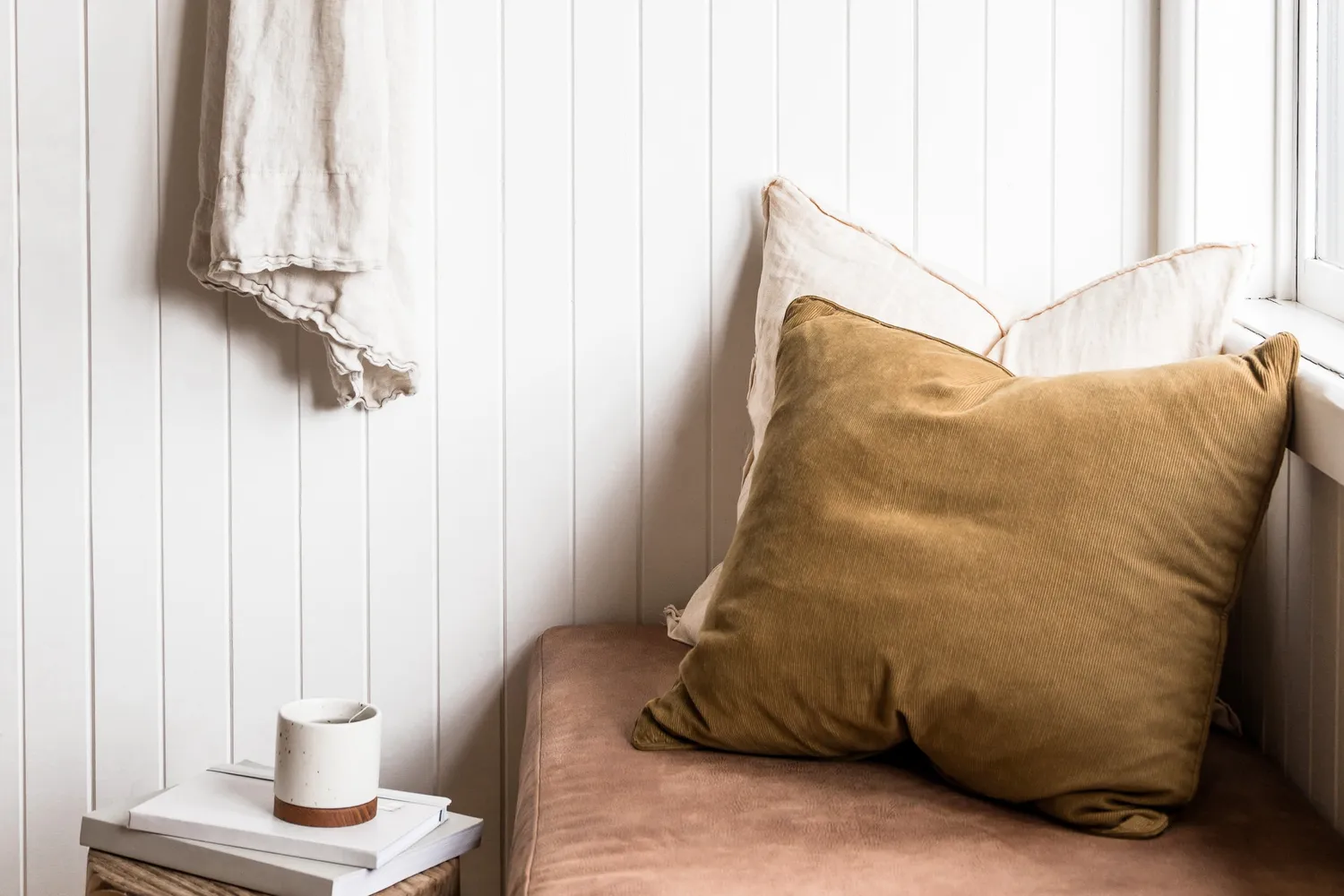
To gain a full picture of what wabi sabi is, it’s paramount we look at the terms separately to see how they seamlessly unite together to form this wonderful philosophy.
Wabi means to be miserable, wretched and lonely (quite depressing if you look at it on it’s own). This term refers to that state the we humans often find ourselves in. With the business of life and the challenges that come our way, wabi speaks of these trials and tribulations that is inevitable to our human nature.
Sabi refers to things that exhibit an aging quality, such as things that are rusty, worn, mature and tarnished. It also refers to the notion of tranquility, aloneness, and deep solitude.
While the two words separately represent things that may not spark this sense of joy, peace and tranquility we referred to earlier, when put together they do just that. Wabi sabi is the perfect juxtaposition of beauty, nature, and the freedom that comes with accepting imperfections.
Choosing furniture with natural materials
Wabi sabi is all about coming back to nature and finding beauty in organic and original form. The way this can be translated into your home is by incorporating furniture that is made from natural materials such as rustic timber, linen and natural fabrics and natural stones. The wabi sabi style refrains from using contemporary materials such as high-gloss finishes and anything that looks stiff and rigid. When picking furniture the embraces the wabi sabi aesthetic, think about whether the furniture’s material and characteristics mimics what could potentially be found in nature. If the answer is yes, then you’ve found yourself the perfect wabi sabi piece. See a few of our favourite wabi sabi inspired furniture items below.
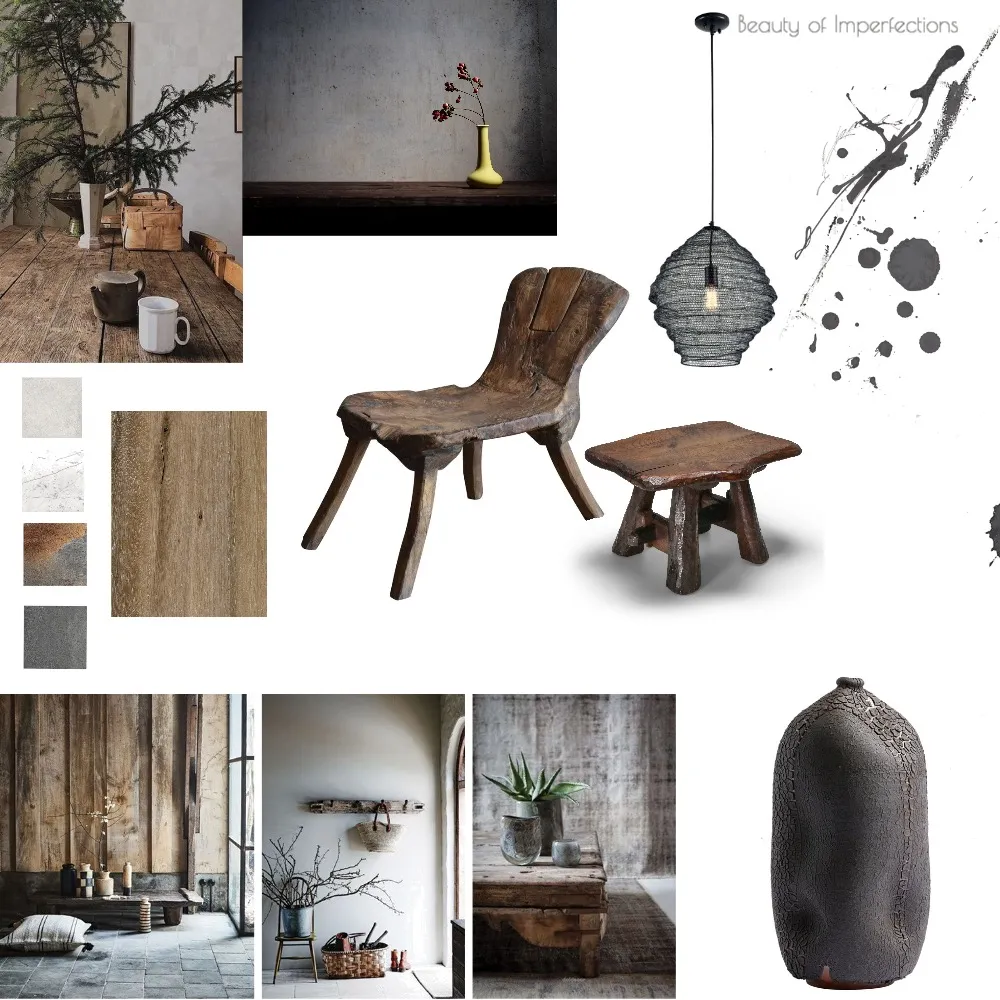 Wabi Sabi Mood Board created on Style Sourcebook by Waymen_Chu
Wabi Sabi Mood Board created on Style Sourcebook by Waymen_Chu
Less is more approach
A large part of the Wabi sabi lifestyle is embracing the less is more approach. Being appreciative of the smallest detail is paramount to this way of living. This can be brought into your home by only incorporating furniture and décor items that you really love and that is really needed rather than adding an abundance of things just to fill your space. Wabi sabi focuses on placing value and importance on things that are lasting, not temporary. Embedded into the Western culture is to consume and purchase every little thing our heart desires, regardless of whether we actually need it or not. Wabi sabi challenges these consumerism thoughts and is more about coming back to what really matters. This could look like consciously thinking about the furniture pieces you are buying and only buying homewares and furniture that evoke a sense of happiness and are going to be kept and used for a long period of time. It could also look like decluttering what you have in your home currently and giving away anything that doesn’t bring you a sense of joy and peace. There’s no better feeling than having a spring cleaning day!
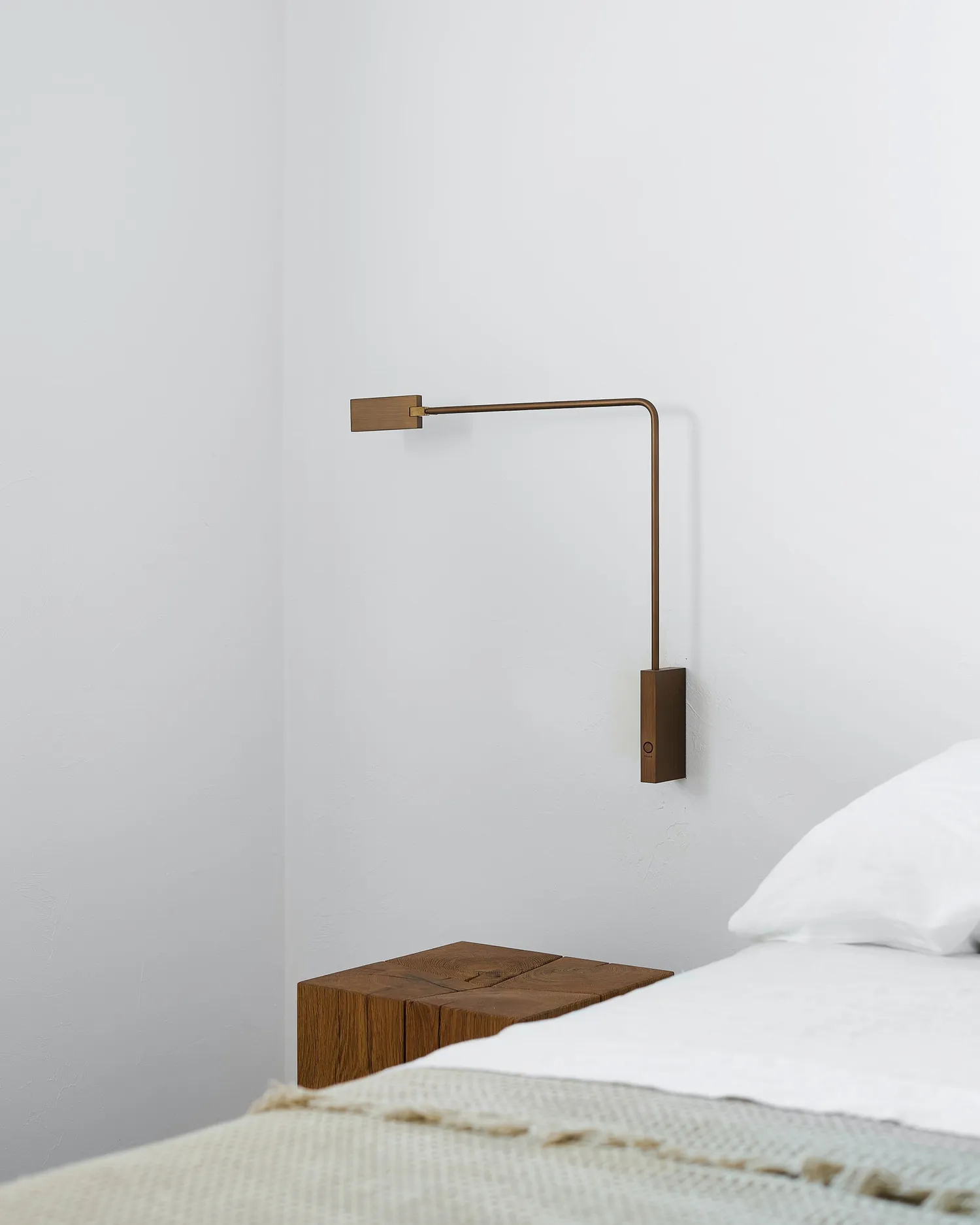 Photographed by Jorge De Jorge
Photographed by Jorge De Jorge
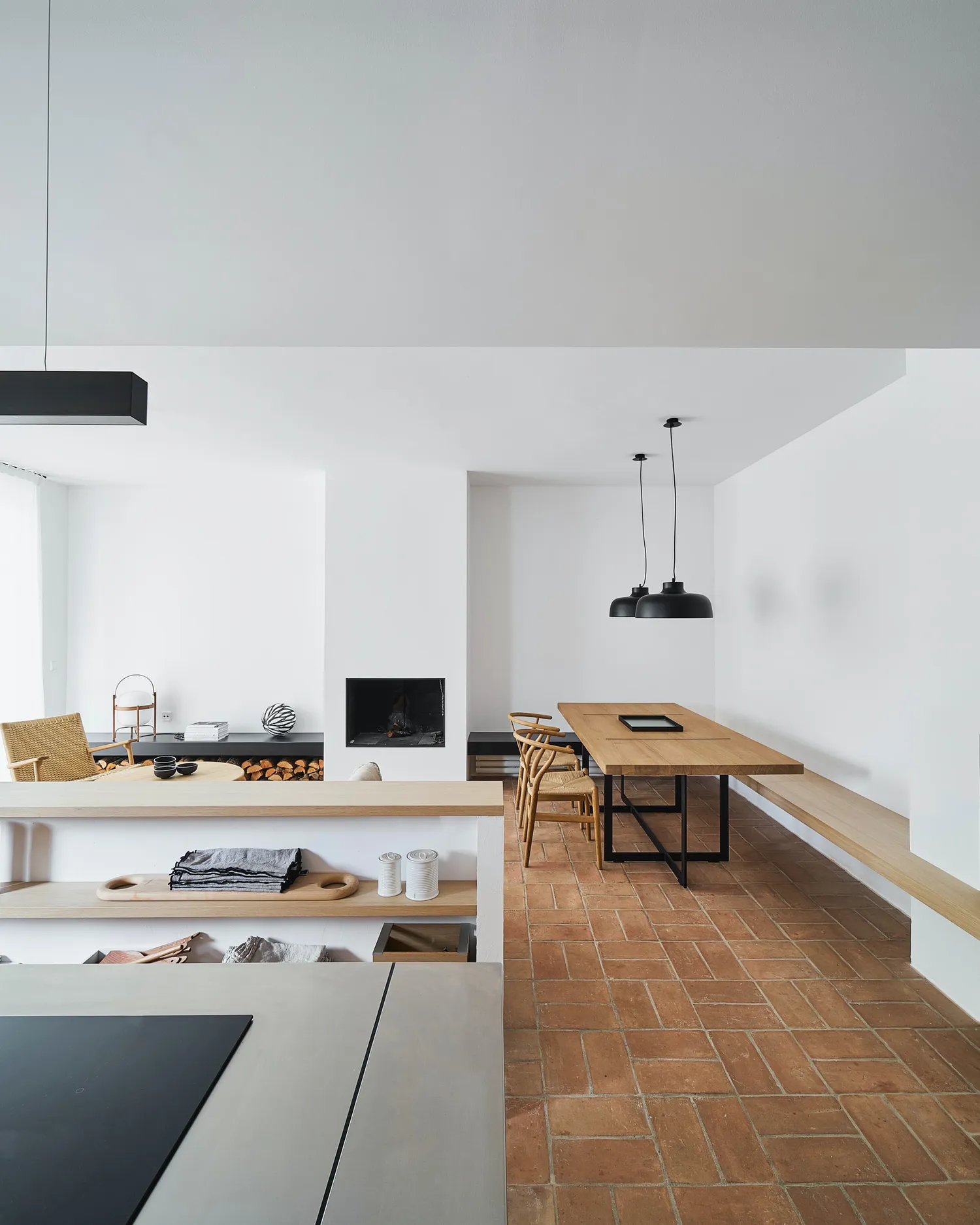 Photographed by Jorge De Jorge
Photographed by Jorge De Jorge
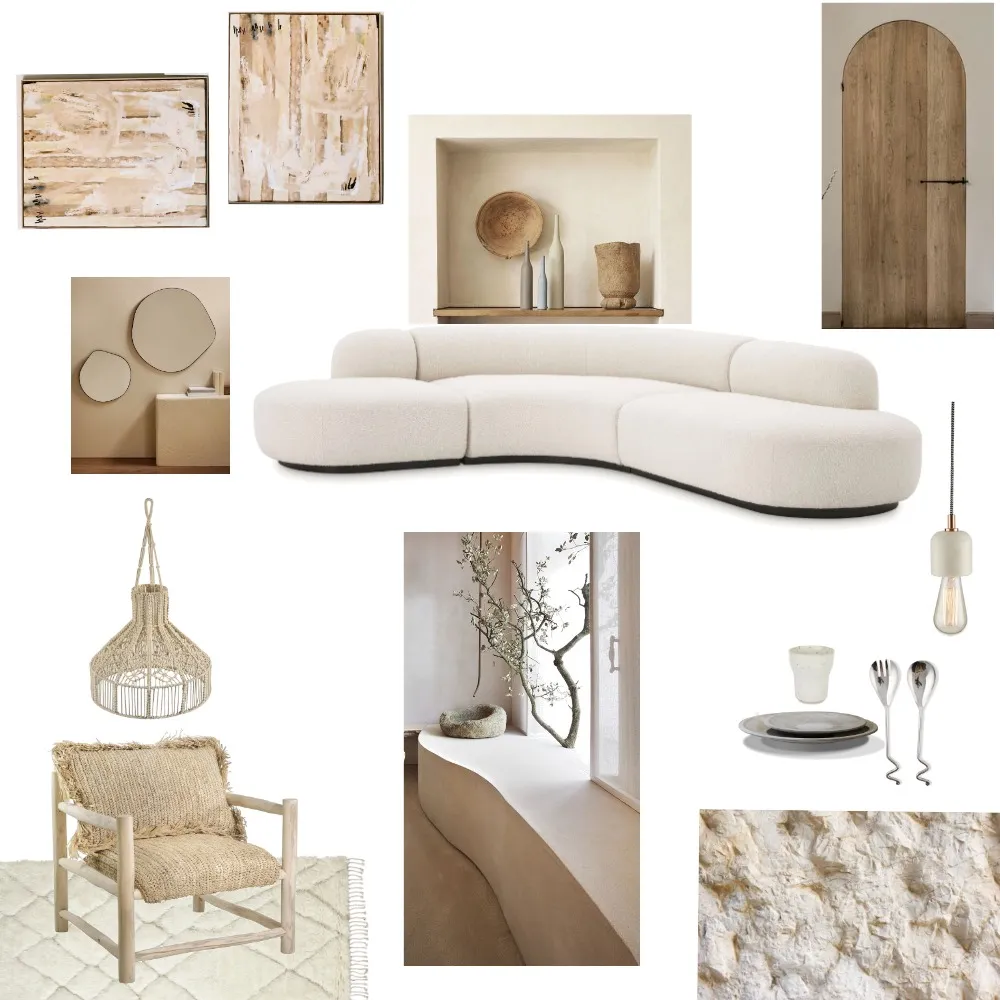 Wabi Sabi Mood Board created on Style Sourcebook by Marina Elian
Wabi Sabi Mood Board created on Style Sourcebook by Marina Elian
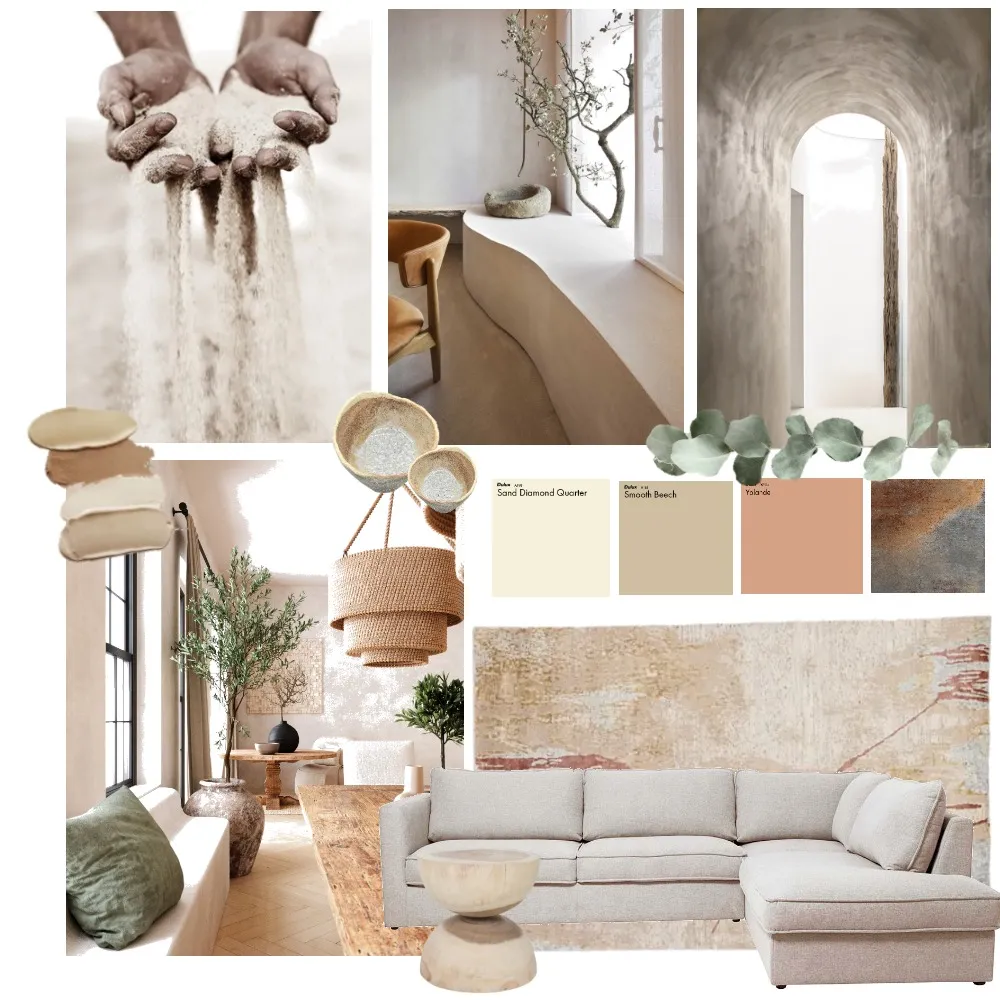 Wabi Sabi Mood Board created on Style Sourcebook by Gaia Interior Design
Wabi Sabi Mood Board created on Style Sourcebook by Gaia Interior Design
Incorporate asymmetry
Following with the theme of bringing everything back to nature, wabi sabi style is all about asymmetric and imperfect shapes. In nature, it’s rare to see something that is perfectly symmetric and balanced. Trees don’t generally grow in perfectly straight lines and flowers don’t all look the same. To achieve a wabi sabi style, your furniture and homeware pieces must reflect this. This can be done by including pieces that have movement, such as a curved shape coffee table, pieces that aren’t straight-edged, and things that have a rustic and organic feel to them. The notion of asymmetry doesn’t just refer to your actual furniture and homewares, but it also flows through to the way your interior is configured and your homes overall mood. The way you could do this is by offsetting your furniture so you have an armchair that is offset or including a nest of coffee tables that are of different shapes and sizes. Wabi sabi interiors have an effortless and serene aesthetic. They evoke an emotional and personal connection. I’m sure we all have been in a home where everything is perfectly placed, and you feel as if you can’t sit on the lounge suit in fear of ruining the fabric. Well, wabi sabi interiors are the opposite to this. They are inviting, lived in, timeless, and full of character.
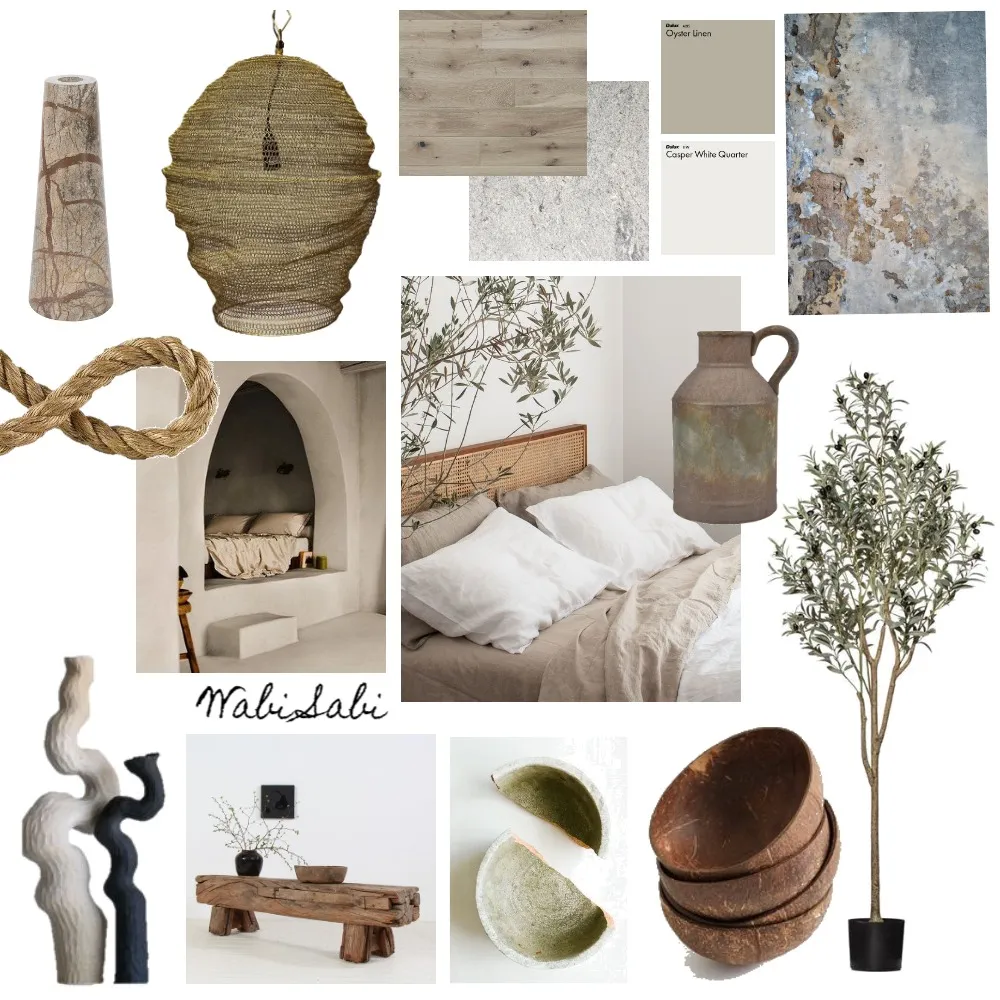 Wabi Sabi Mood Board Created on Style Sourcebook by JaydaGrace
Wabi Sabi Mood Board Created on Style Sourcebook by JaydaGrace
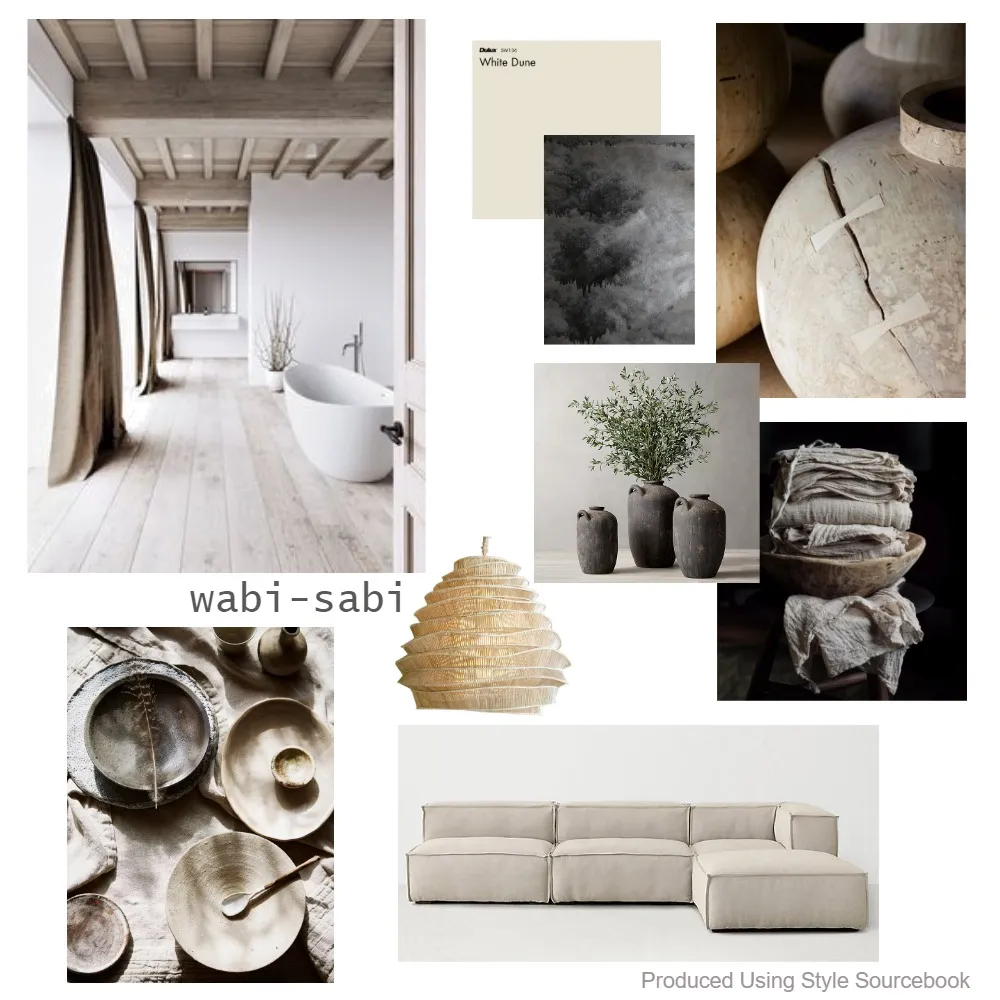 Wabi Sabi Mood Board Created on Style Sourcebook by JaimeeLee
Wabi Sabi Mood Board Created on Style Sourcebook by JaimeeLee
Indoor plants
Incorporating indoor plants into your interior is wabi sabi style 101. Greenery really does bring your home to life and creates a grounding and calming aesthetic. I know we might sound like a broken record but nature is at the core of wabi sabi practice. It makes sense then, to include greenery to reflect nature and bring the outdoors in. Keeping in style with the minimal and serene style that wabi sabi is, including a few plants in concrete or wicker pots would be a great way to introduce wabi sabi into your home. Some popular indoor plants are monstera, devils ivy, peace lily, mother-in-law’s tongue, the rubber plant and an olive tree.
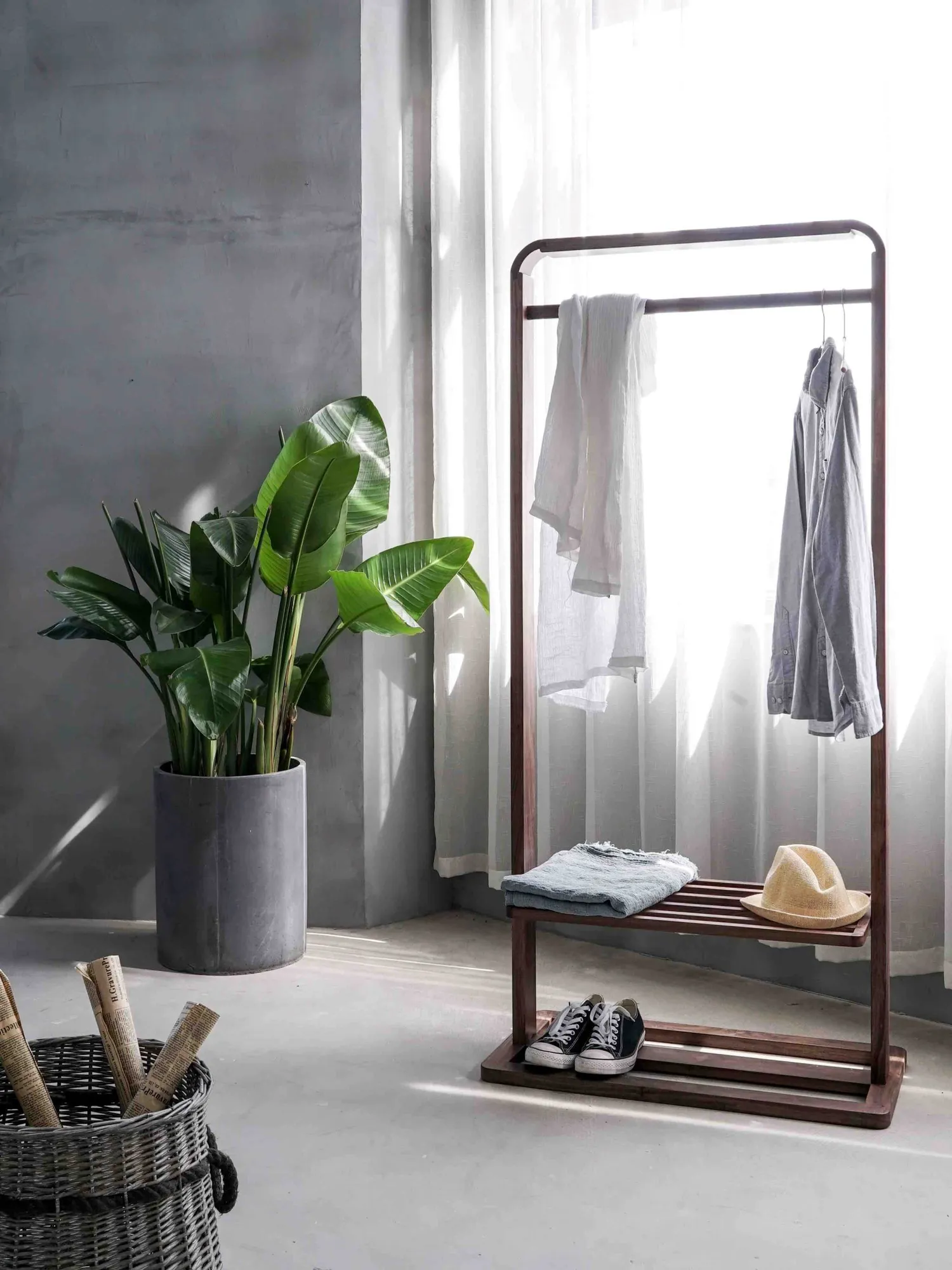 Photographed by Tutu
Photographed by Tutu
If you'd like to read any further resources on wabi sabi, we found the below books very insightful.
Wabi Sabi Style by James and Sandra Crowley
Wabi Sabi: The Japanese Art of Impermanence by Andrew Juniper
Wabi Sabi: Japanese Wisdom for a Perfectly Imperfect Life

